Affiliate links on Android Authority may earn us a commission. Learn more.
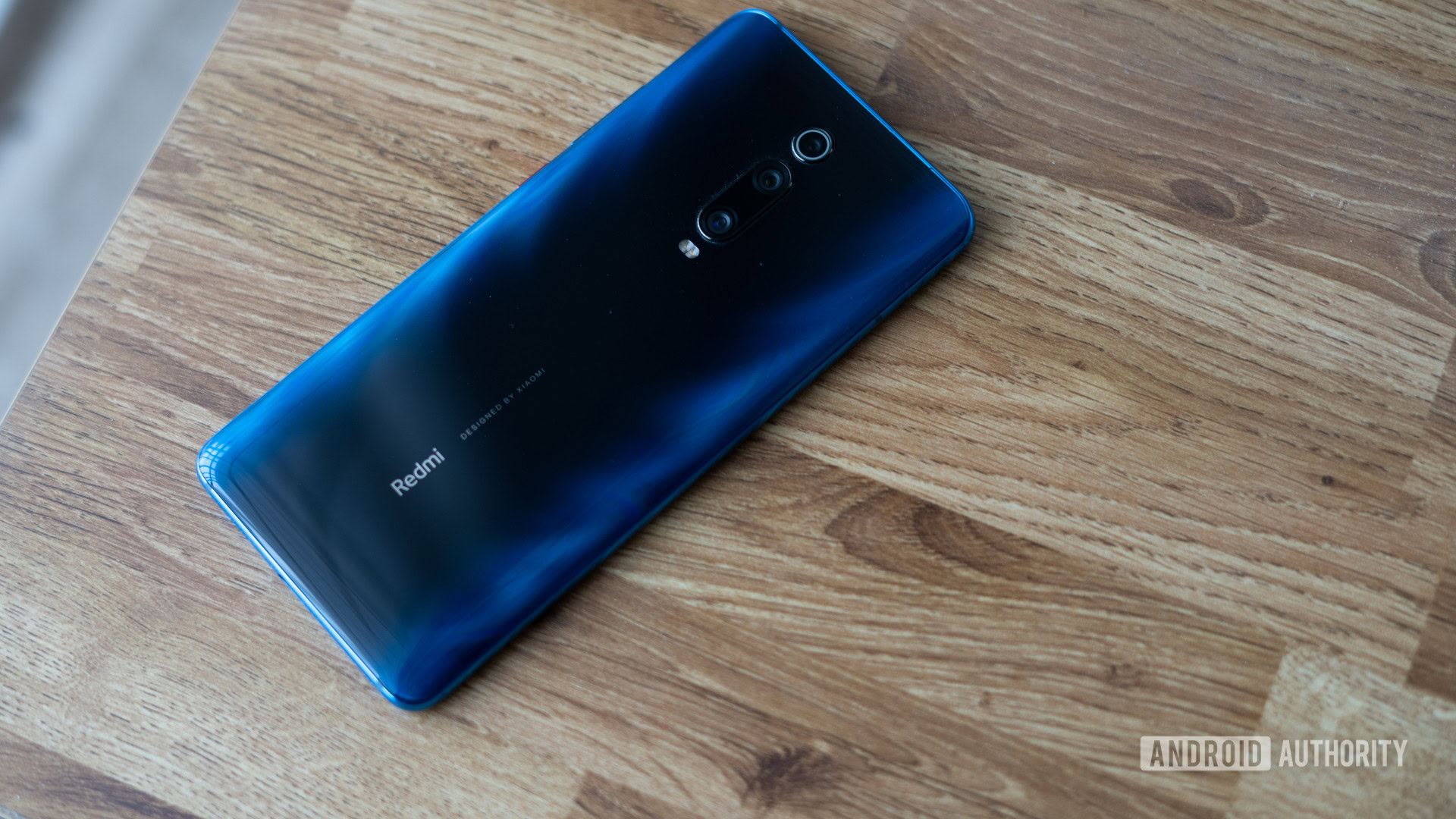
Redmi K20
What we like
What we don't like
Our scores
Redmi K20
The Redmi K20 and K20 Pro were launched earlier this year as a one-two punch at the OnePlus 7 and the many affordable flagship competitors it has spawned. The lower-end of the pair, the Redmi K20 is a premium mid-range smartphone that is aimed squarely at users who want a great photography experience and build quality, but might not care about top-end specifications. The K20 offers much of the K20 Pro’s affordable flagship experience at a significantly lower price.
The big picture
Redmi phones have, for the most part, stuck to the entry level and mid-range segment. That’s where the sales volumes lie and Xiaomi has seen resounding success for their hardware. However, the upper-mid range — $400 to $500 — is where the action lies. OnePlus has made a killing here and by spinning off the 7 series into two separate devices, OnePlus is the bringing the fight to the more-traditional flagship competition.
With the Redmi K20 Pro, Xiaomi has a fantastic product that can stand its own against the OnePlus 7. The Redmi K20 brings most of the K20 Pro’s chops to an even more affordable price point. Between the large battery, excellent design and construction, and the triple-camera set up, there’s a lot to like here, but is it enough to be the top recommendation in its category? We find out in the Android Authority Redmi K20 review.
What’s in the box
- Redmi K20
- 18W charger
- USB-C cable
- SIM ejector tool
- User guide
- Hard case
The Redmi K20’s in-box contents are pretty standard and include the phone, in addition to an 18W charger and a USB-C cable. Unlike the Redmi K20 Pro, the phone does not support 27W fast charging. The included hard-case is rather nice and fits like a glove. Definitely a welcome change form the run-of-the-mill clear TPU cases included with most phones.
Design
- 156.7 x 74.3 x 8.8mm
- 191g
- Gorilla Glass 5
- P2i Coating
- In-display fingerprint sensor
Love it or hate it, the Redmi K20’s design language is unmistakable. The phone takes the “aura prism” language to a new height. The design is flamboyant, in your face, and some might say, overly aggressive. Like the K20 Pro, there are three colors on offer including a flame red, black, and the blue that we have in for review.
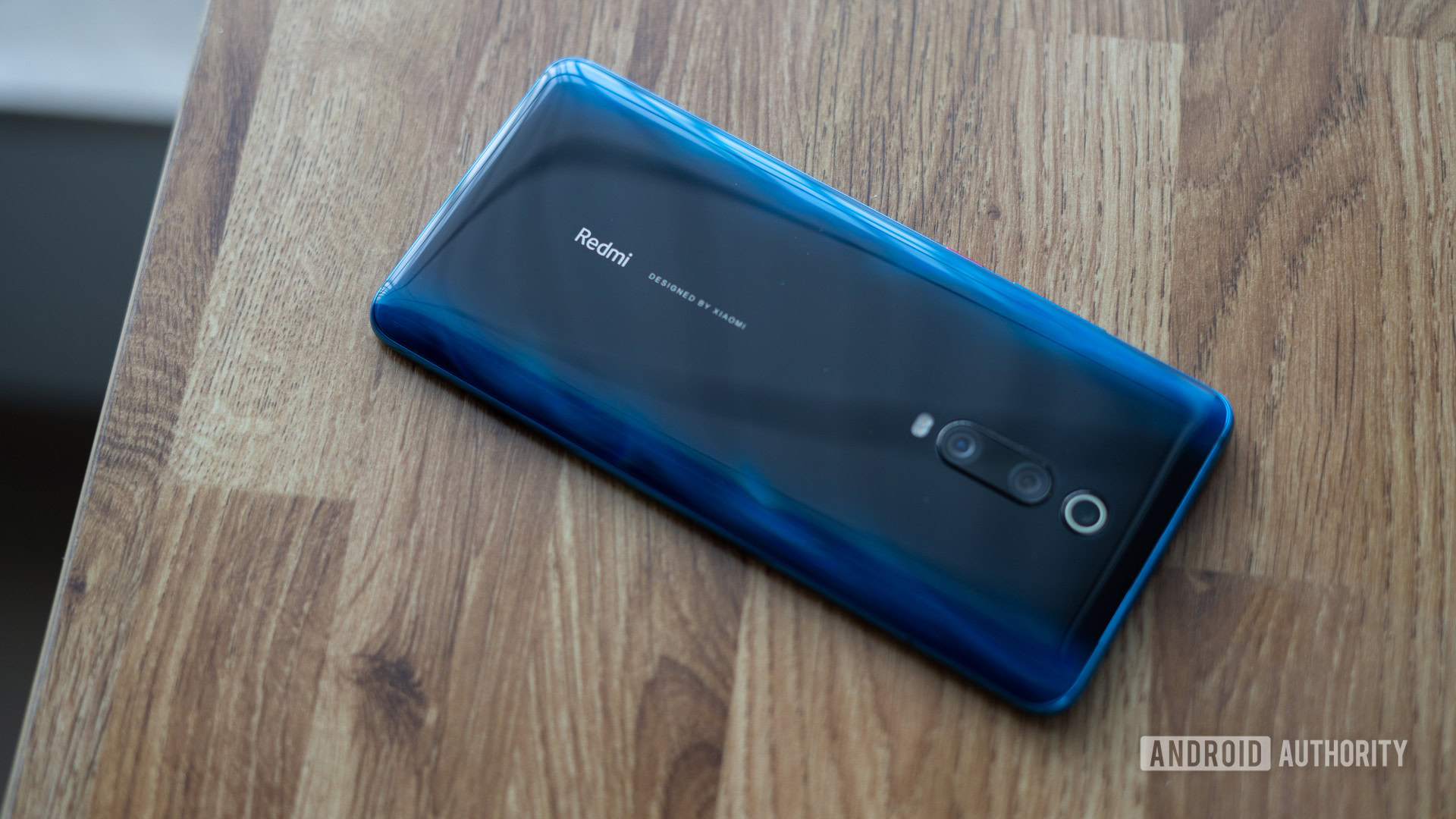
The glass and metal sandwich build of the Redmi K20 is polished to a sheen and feels premium. The weight distribution and density of the hardware makes the phone feel equal parts well-built and luxurious.
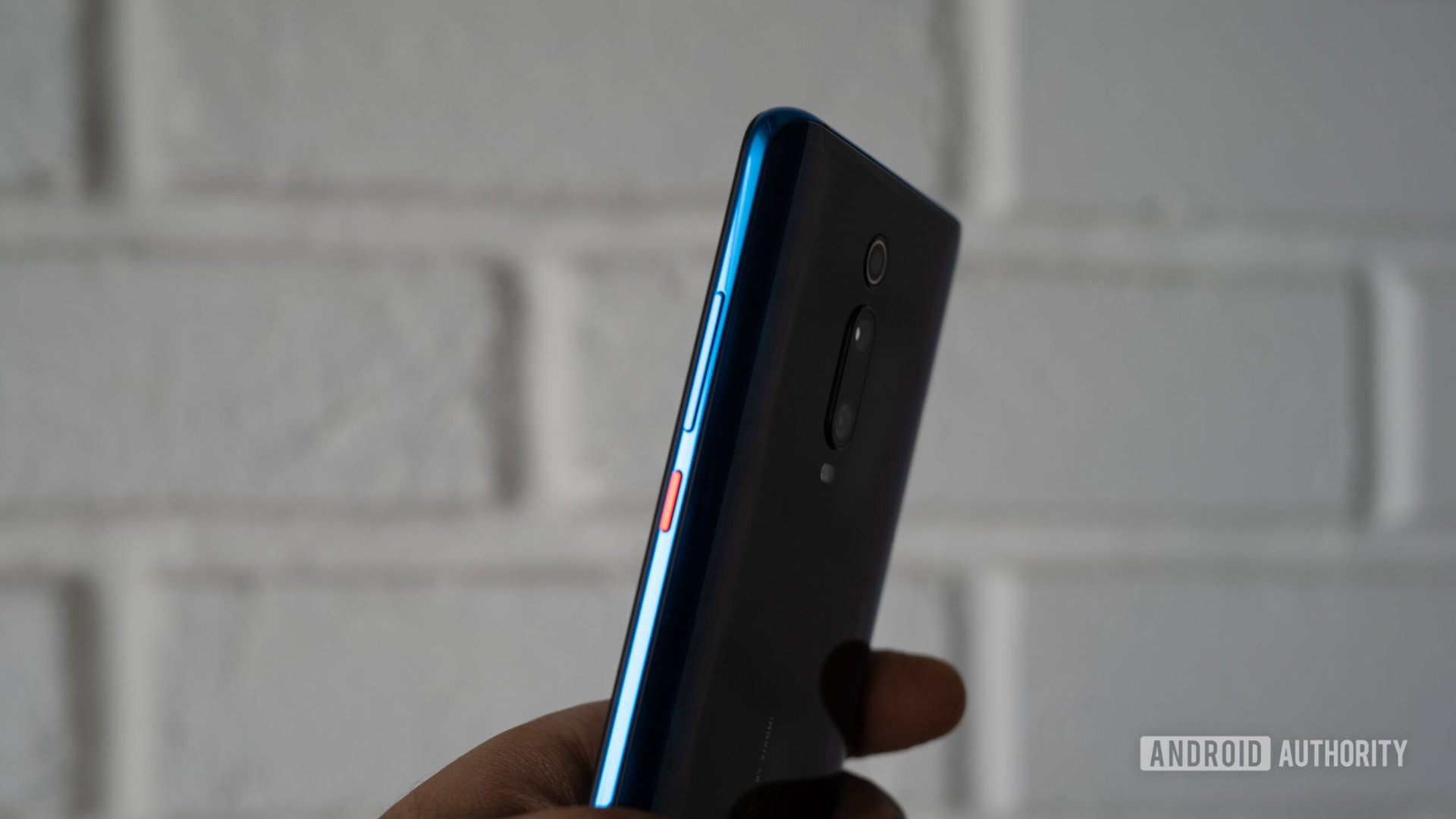
Along the right side of the phone lies the volume rocker and the power button; both of these have sufficient give and are perfectly clicky. The blue variant, like the black, has a red power button as a design flourish. Meanwhile, along the bottom edge, you will notice a USB-C port as well as a single speaker.
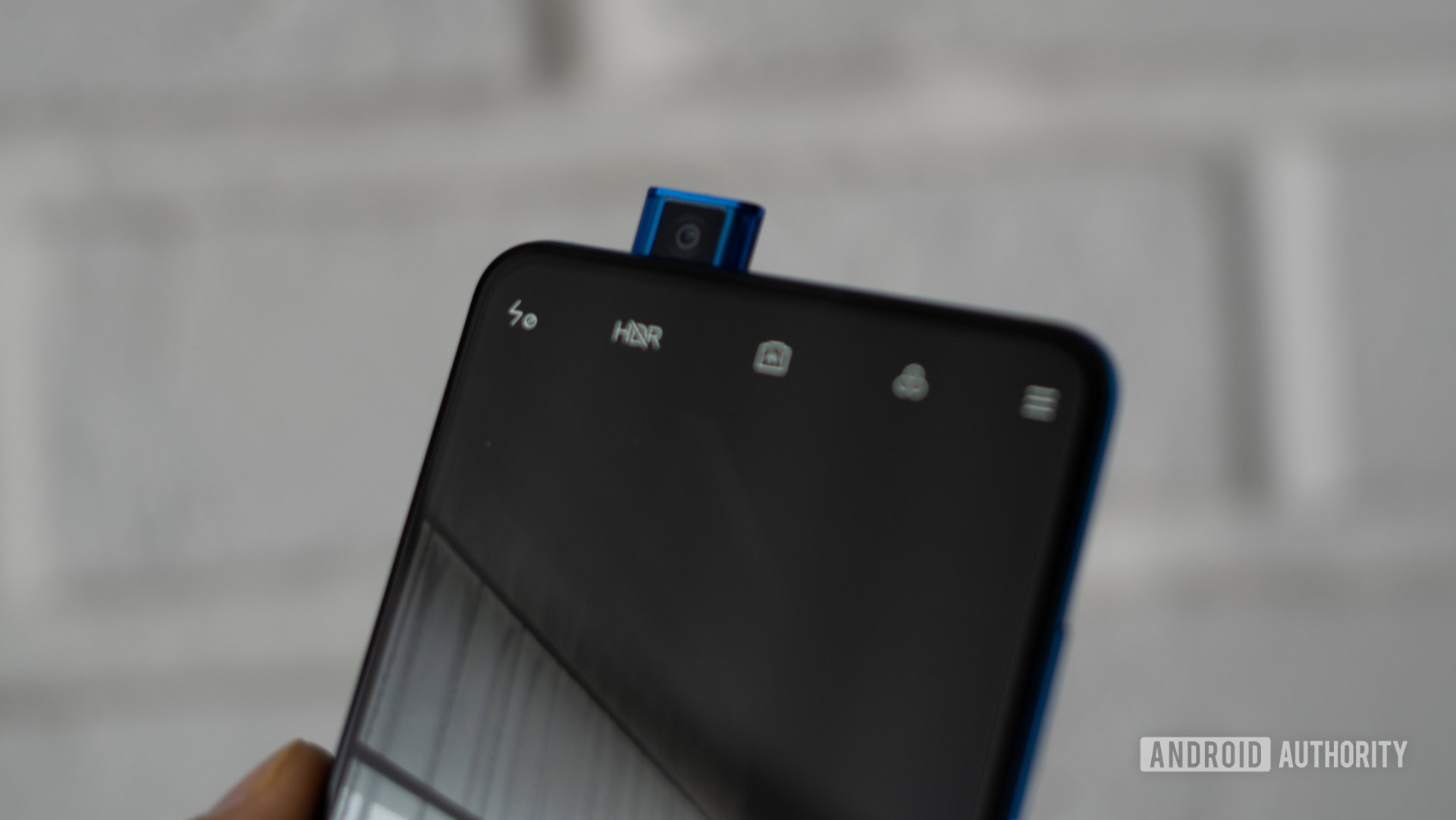
Pop-up selfie cameras are now a common occurrence. The Redmi K20 employs it to good effect. A pretty-looking blue LED surrounds the pop-up mechanism as it, well, pops out. Xiaomi claims the mechanism has been tested for over 300,000 elevations, which should quell any fears about the solidity of the apparatus. Yes, it will automatically retract if you drop your phone with the camera out. My only gripe with the pop-up camera is that it is just a bit too slow at elevating. You can deal with it when taking a selfie, but this is not going to cut it if you expect to use the face-unlock option.
The location of the notification LED makes it fairly pointless, but the always-on display compensates for it.
While the Redmi K20 includes a notification LED, it is placed along the top edge of the phone. The position renders the LED almost useless as there just aren’t that many situations in which the top of the phone will be facing you. It’s not a major issue, since the always-on display does a great job at informing you of pending notifications.
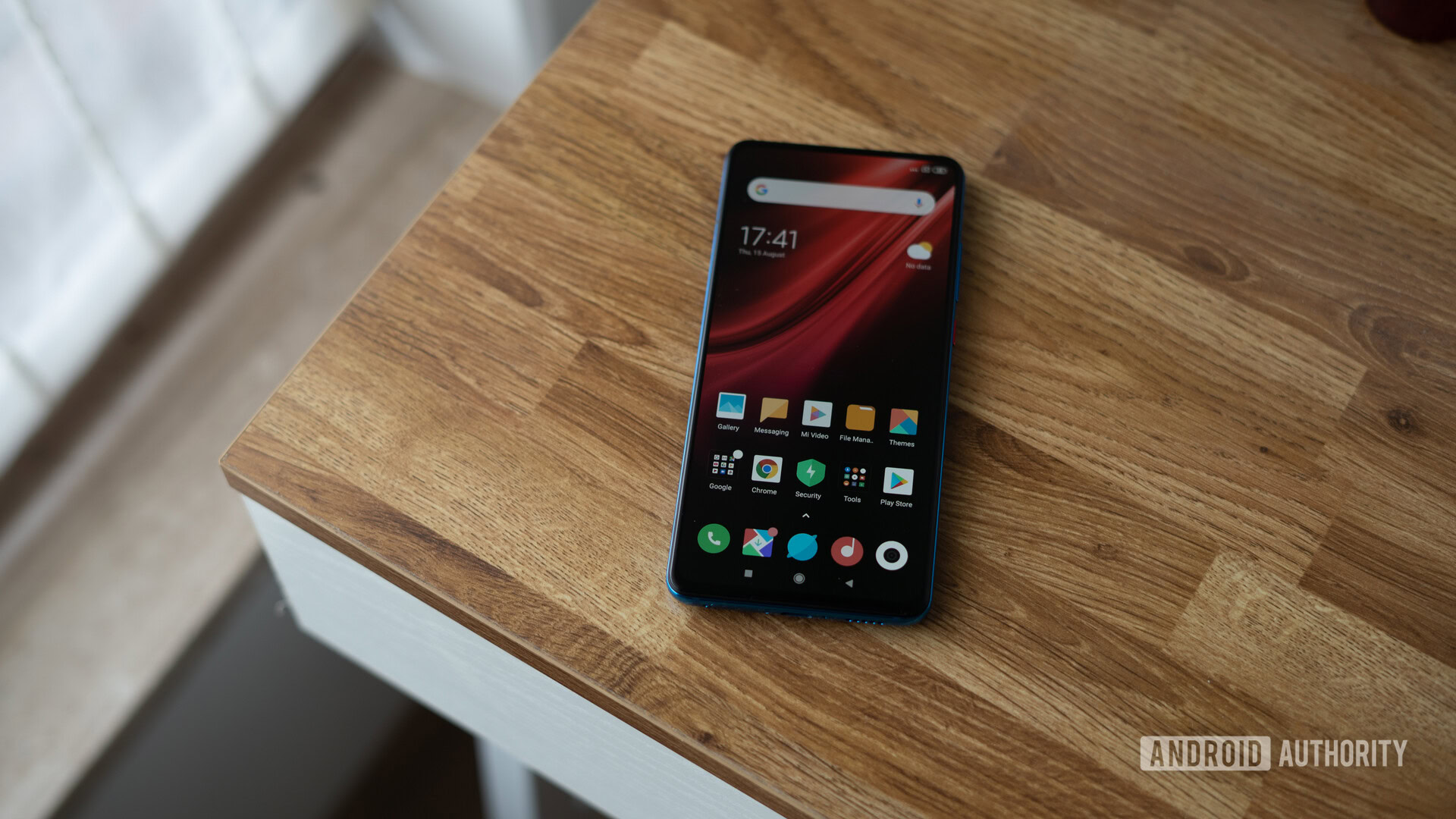
Like most recent Redmi phones, the K20 has a p2i coating which makes it resistant to splashes. Don’t go dunking your phone in a pool, but it should take a quick splash in the rain just fine. The phone has a fast and responsive in-display fingerprint sensor as well.
Display
- 6.39-in AMOLED panel
- 2,340 x 1,080
- 403 PPI
- 19.5:9 aspect ratio
- HDR capable
- Gorilla Glass 5
The Redmi K20 sports the same excellent display as the K20 Pro. This is an HDR-capable AMOLED panel with Gorilla Glass 5 to boot. The panel is great to look at and displays fantastic viewing angles with minimal color shift, except for some blue shift at extreme angles.
Our lab testing revealed brightness levels as high as 420 nits which is sufficient for outdoor viewing even on a sunny day. There are ample software options to tweak the color profile of the display. The default picture profile errs on the side of over-saturation, but is bound to please anyone who watches a lot of multimedia content and likes a contrast-rich panel.
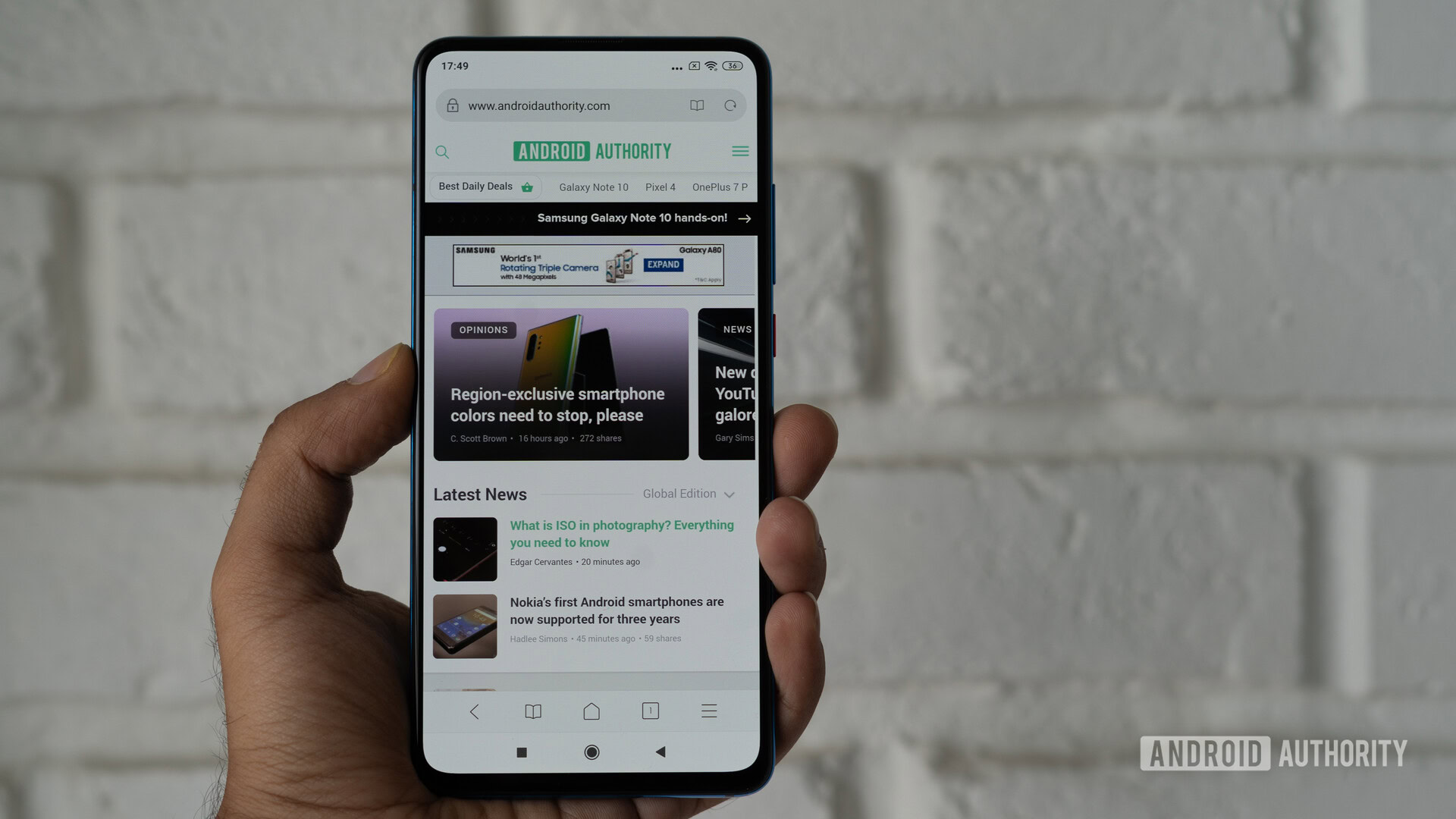
The standard mode switches the Redmi K20’s display to a more neutral and accurate tuning. Additionally, the phone has support for the Widevine L1 DRM to allow playback of high-resolution streaming content.
Performance
- Snapdragon 730
- Adreno 618
- 6GB/8GB RAM
- 64GB/128GB
The biggest difference between the Redmi K20 and the K20 Pro is the drop in specifications. Powered by the Snapdragon 730 chipset, the K20 isn’t quite as powerful as its Snapdragon 855-toting sibling. That said, this drop in specifications did not make any difference in day-to-day usability. Combined with the highly optimized build of MIUI and POCO launcher, there were was no lag to be found.
The drop in specifications compared to the Redmi K20 Pro makes little difference in everyday usability.
RAM management is great and the phone can handily juggle a few apps. Games run without a stutter and I was able to push PUBG to its highest settings without any issue at all. If I were to nitpick, heavier apps and games take a smidgen longer than the Redmi K20 Pro to start up, but this is to be expected and, realistically, it makes no appreciable difference to usability. The Redmi K20 packs enough grunt for almost any user.
Synthetic benchmarks were right in line with what we expected from the Snapdragon 730 on the Redmi K20. In AnTuTu, the phone managed 216,577 points, a healthy improvement in CPU performance over the Snapdragon 675 and 710. The phone managed 2,194 points in the GPU-focussed 3DMark benchmark.
Battery
- 4,000mAh
- 18W charger included
A 4,000mAh battery is par for the course for Redmi devices. Paired with Xiaomi’s great battery optimization, the phone easily manages over a day of use. Over the course of testing, I routinely managed a day and a half or even more between charges with screen-on-time clocking in at about 7 hours.
In our standard browsing test, the phone managed over 14 hours of continuous browsing. Charging with the included 18W charger takes a little over an hour and a half. Unfortunately, unlike the Redmi K20 Pro, the K20 does not support 27W fast charging.
Software
- Android Pie
- MIUI 10.3.6
- No ads
Love it or hate it, MIUI is part and parcel of the Redmi experience. Xiaomi has made strides to add features to their Android skin. The Redmi K20 runs MIUI 10.3.6, with one big difference: The phone runs POCO Launcher out of the box.
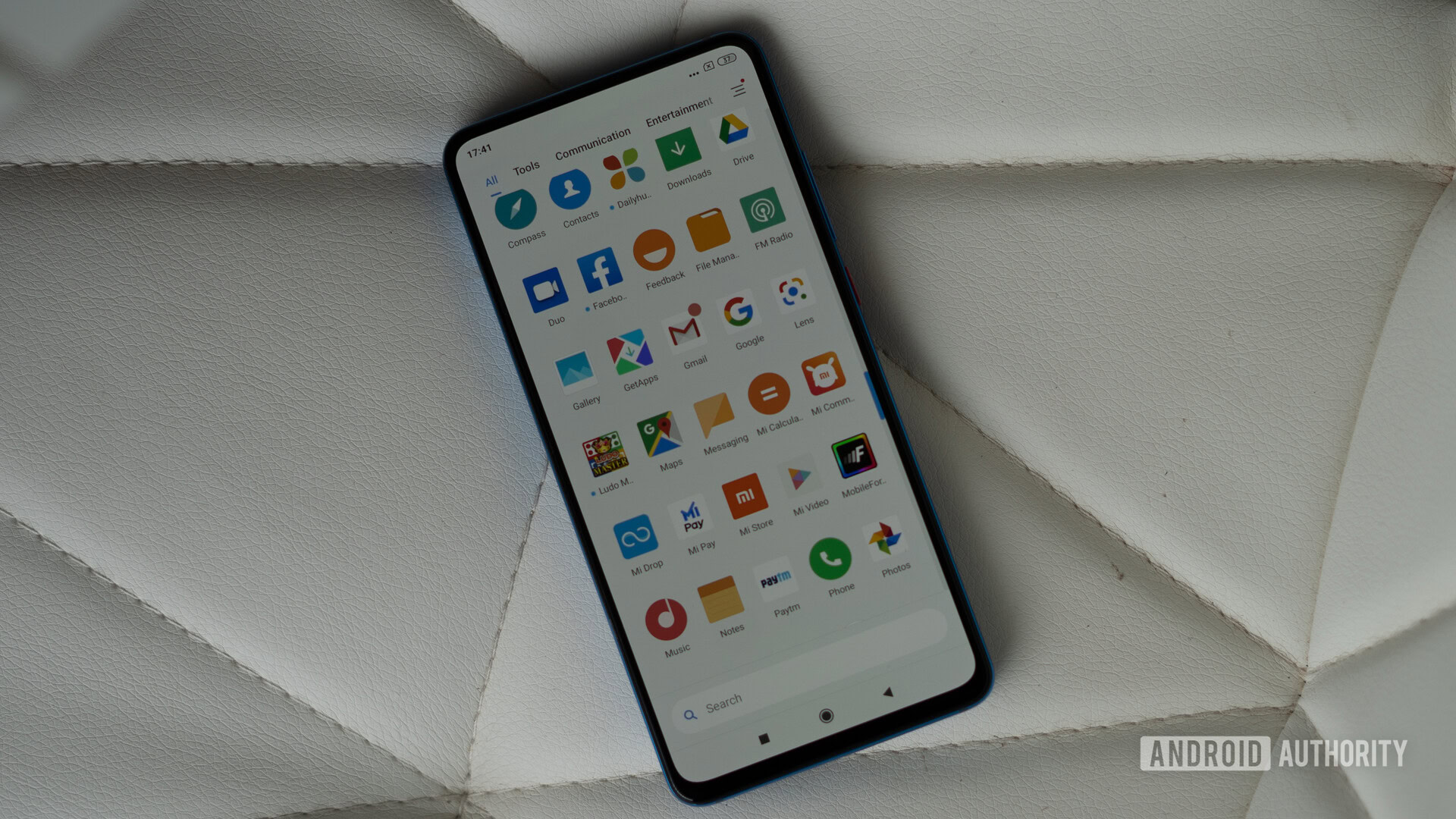
Debuting first on the Pocophone F1, POCO launcher brings an app drawer, app category-based groupings, a local search bar, and many other additions to the user experience. Also unique to the Redmi K series is the fact that there are no ads onboard. There are no interstitial ads while installing apps or on the lockscreen or anywhere else for that matter. You will still be bombarded by notification spam with constant alerts from system apps but it is trivial to disable that.
Other interesting software additions include a game speed booster. Getting to it is a bit of a task that involves navigating to the pre-installed security app. The game speed booster app gives you recommendations for games to play and optimises your phone for a more streamlined gaming experience. This includes setting the phone to performance mode and providing additional overlays and settings for whitelisted games.
Camera
- Rear:
- Standard: 48MP, f/1.75, 0.8μm, Sony IMX582
- Wide-angle: 13MP, f/2.4, 1.12μm, 124.8-degree FoV
- Telephoto: 8MP, f/2.4, 1.12μm, 2x optical zoom
- Front:
- Selfie: 20MP pop-up camera
- 4K 30fps video
- 960fps slow motion
The camera set up on the Redmi K20 is nearly identical to that on the K20 Pro. The chief difference is that the Redmi K20 uses a 48MP IMX582 sensor instead of the IMX586 on the K20 Pro. The former drops support for 4K 60fps recording, but this shouldn’t make a difference since the Snapdragon 730 processor does not support that either. For all practical purposes, the camera setup and tuning are identical on both phones.
Between the high-resolution primary camera, the ultra-wide and telephoto lenses, there is a lot of versatility in the camera set up. As you would expect, it is easy to toggle between full-resolution 48MP shots as well as the recommended pixel-binned 12MP version.

I was generally impressed by the image quality from the primary camera. As is expected from Xiaomi phones, there is a slight saturation boost, but it does not detract from the image quality. Similarly, dynamic range is fairly decent with the phone retaining details in the shadow region. Noise levels too, are under control.
The telephoto modes shoots reasonably good images, though dynamic range goes for a toss. Highlights have a tendency to get blown out and you end up losing detail in the shadow region. You should be able to get good shots as long as there is bright sunlight, however in anything less than ideal light detail levels take a nosedive.
The same can be said for wide-angle capture as well. First, the good stuff. At 124.8 degrees, the K20 has one of the widest lenses in its segment. You can easily capture sweeping landscapes in a single shot. The downside is that detail retrieval is not very good. As you will notice in the first shot, foliage gets reduced to a smear.

I was pleasantly surprised by the portrait mode on the Redmi K20. The phone does a very decent job at edge detection and generates a pretty natural looking bokeh fall off. The same works on the front-facing camera too and results are generally very usable.

The 20MP pop-up selfie camera is a capable shooter and captures good looking selfies, once you turn off the beautification filters. The images tend to be just a bit too bright and the tuning is generally tweaked for social media use.
Video capture on the Redmi K20 suffers from compression and resulting loss of details. However, the footage looks nicely saturated and the electronic image stabilisation works well.
Audio
The Redmi K20 includes a headphone jack and delivers neutral sounding audio. Paired with a quality pair of earphones, music sounds true to life with a slight emphasis on bass.
The single speaker along the bottom edge gets rather loud and is able to deliver crisp and clear audio. Bottom end is lacking but that tends to be the case with most smartphone speakers. The presence of stereo speakers would have definitely set the phone apart from the competition.
Redmi K20 specifications
| Redmi K20 | |
|---|---|
Display | 6.39-inch AMOLED 2,340 x 1,080 403 PPI HDR |
SoC | Qualcomm Snapdragon 730 Octa-core 8nm |
GPU | Adreno 618 |
RAM | 6GB/8GB |
Storage | 64GB/128GB/256GB |
Cameras | Rear Main: 48MP, f/1.75, 0.8 microns, Sony IMX582 Ultra-wide: 13MP, f/2.4, 1.12 microns, 124.8 degree FOV Telephoto: 8MP, f/2.4, 1.12 microns, 2x optical zoom Front: 20MP, f/2.2, 0.8 microns |
Audio | 3.5mm port AAC/LDAC/aptX/aptX-HD/aptX-adaptive |
Battery | 4,000mAh Non-removable 18 watt fast charging |
IP rating | N/A |
Sensors | Accelerometer Ambient Light E-compass Gyroscope In-display fingerprint Proximity |
Network | LTE FDD: B1/B3/B5/B7/B8 LTE TDD:B34/B38/B39/B40/B41 LTE B41(2535–2655 120MHz) WCDMA:B1/B2/B5/B8 TD-SCDMA: B34/B39 CDMA EVDO: BC0 GSM: B2/B3/B5/B8 CDMA 1X: BC0 |
Connectivity | USB-C Wi-Fi 802.11 a/b/g/n/ac, 2.4/5Ghz Bluetooth 5.0 |
SIM | Dual Nano-SIM |
Software | MIUI 10 Android Pie |
Dimensions and weight | 156.7 x 74.3 x 8.8mm 191 grams |
Colors | Red, Blue, Carbon Fiber Black |
Value for the money
- Redmi K20: 6GB RAM, 64GB ROM — Rs. 21,999 (~$310)
- Redmi K20: 6GB RAM, 128GB ROM — Rs. 23,999 (~$340)
The Redmi K20 finds itself in an interesting positioning. In a market that is spoiled for choice, the Redmi K20 places its bets on a premium experience. The performance, as far as day-to-day usage is concerned, is not radically better than say, a realme X, and for a price conscious customer, it is a tough choice whether the extra $100 investment is going to get them appreciable returns.
In fact, the K20 finds itself in the company of Nokia’s offerings that have commanded a premium over Chinese counterparts in return for better build quality and great all-round performance.
Redmi K20 review: The verdict
The competition is tough, but the Redmi K20 brings enough to the table to become an easily recommendable option. The specs are great, the cameras perform well and the build quality is second to none in the category, even though the design might not be to everyone’s taste. Add to that all-day battery life and you’ve got the makings of a champ.